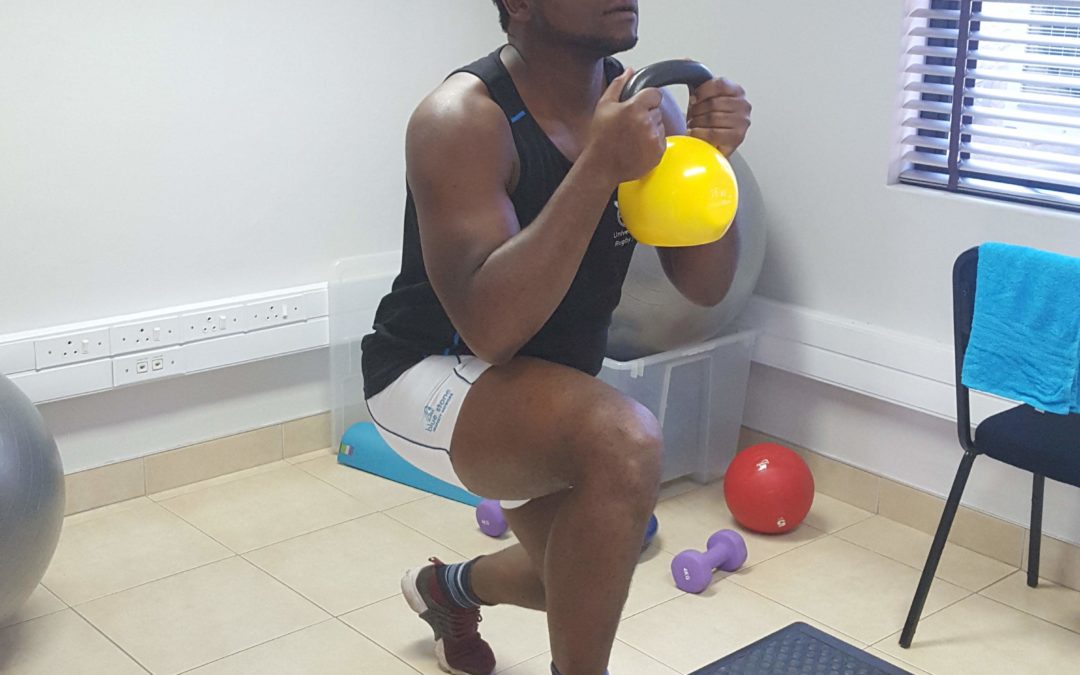The new season, new decade, and new resolutions are upon us. When it is new year, almost everyone feels reborn. We set new exercise goals, we set new career goals – read on for some tips and advice on how to achieve your new fitness goals safely.
A sports related injury can happen to anyone regardless of your experience or level of fitness. You can even get an injury during walking (check out our safety tips on walking). But the risk of injury can be significantly reduced by following our advice or that of your fitness coach.
These are the most common sports / exercise related injuries…
- Muscle pull and strain, especially hamstrings.
- Sprained ankle.
- Shoulder dislocations, shoulder muscle strain, tears.
- Knee injuries (ligaments and dislocations).
- Shin splint.
- Tendinitis and tendinopathies.
- Wrist sprain or dislocation.
If you are a person with any medical conditions, please go for a health check with a healthcare professional before you can start any exercise. Then you will be sure you are healthy enough to begin working out.
There are simple things you can do to keep yourself injury free…
Warm-up and cool-down.
Every workout should begin with a warm-up and end with a cool-down period. This helps your body get ready for exercise. It increases your heart rate slowly and loosens your muscles.
- Ride an exercise bike
- Do some skipping
- Jog on the spot for 5 to 10 minutes
Its important to cool down after your work out. This helps to bring your heart rate down to normal slowly. Walking for 5 to 10 minutes after you work out is one way to cool down.
Stretch.
Do dynamic stretches before and after you work out. This will help increase flexibility. For a static stretch, hold position for 15-30 seconds.
Our Tips for Success
Ease into it. When you begin an exercise routine or start a new workout program, start slowly. Then gradually build up the intensity, duration, and frequency.
Don’t push yourself too hard. As your fitness abilities increase, you will be able to challenge yourself more.
Cross-train. Vary your workout. Don’t overuse one set of muscles. Repeating the same muscle movements frequently can lead to overuse and repetitive-use injuries such as shin splints.
Some ways to vary your workout:
- Run on Day One.
- Lift weights on Day Two.
- Swim or cycle on Day Three.
Listen to your body. The “no pain, no gain” philosophy can set you up for an injury. You can get fit without feeling pain. Don’t push yourself to the point of pain. If you feel pain, you may be causing an injury or injured. Stop your workout, and rest for a day.
Fuel your body. Drink plenty of water before, during, and after you work out.
Eat a small meal or snack every 2 to 3 hours to keep a steady source of fuel for your body. After your workout, eat a healthy carb and protein snack to replenish your energy stores.
See a trainer.
Dress right (see our advise on comfortable footwear)
Rest. Take 1 to 2 days off a week to rest. Rest days give your body a chance to recover between workouts. That can help prevent injuries.
Treating exercise related Injuries
Injuries can happen, no matter how careful you are. If you develop a workout injury, follow the RICE method to keep your injury from getting worse:
- R: Rest the injury.
- I: Ice the injury to lessen swelling, bleeding, and inflammation.
- C: Apply a compression bandage to minimize swelling.
- E: Elevate the injury, if possible, to reduce swelling.
If the pain persists, contact your physiotherapist for treatment and management of your injury.

